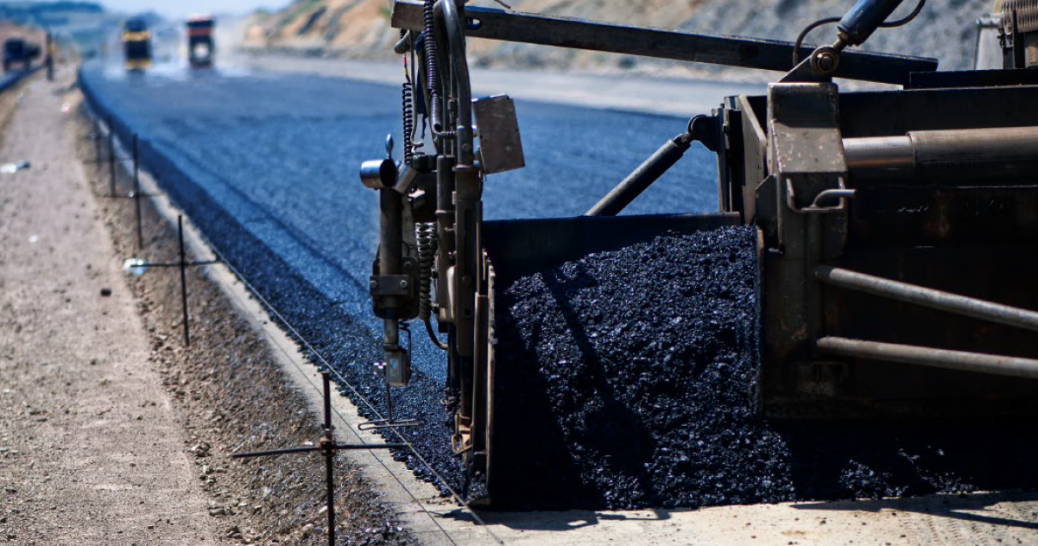
Rethinking infrastructure in Latin America
Rethinking infrastructure in Latin America
Rethinking infrastructure in Latin America | Repensando la infraestructura en América Latina |
Infrastructure is the basis of success and growth for most countries and regions. As you may know, Latin America lags behind in this respect as their governmental agendas usually do not prioritize infrastructure. However, according to a report from the World Bank, the problem does not lie on the amount of money being spent on infrastructure but rather how it is being spent across Latin America and the Caribbean. The report argues that the region should focus on efficient investments that have a return, rather than continuous temporary fixes. As a whole, the region spends 3 percent of their GDP on infrastructure, compared to the 7.7 percent in East Asia, but many countries within the region spend more than 4 percent. | La infraestructura es la base del éxito y el crecimiento para la mayoría de los países y regiones. Como usted sabrá, América Latina está rezagada en este aspecto ya que sus agendas gubernamentales generalmente no priorizan la infraestructura. Sin embargo, según un informe del Banco Mundial, el problema no radica en la cantidad de dinero que se gasta en infraestructura sino en cómo se gasta en América Latina y el Caribe. El informe argumenta que la región debe enfocarse en inversiones eficientes que tienen un retorno, en lugar de soluciones temporales continuas. En general, la región gasta el 3 por ciento de su PIB en infraestructura, en comparación con el 7,7 por ciento en el este de Asia, pero muchos países dentro de la región gastan más del 4 por ciento. |
Current state | Estado actual |
Latin America is an innovator in infrastructure, providing technologies that have connected communities otherwise disconnected from each other. Many countries have been able to work with the little financial resources given and provide clear solutions to their citizens. However, there are many improvements to come. More than 60 percent of the regions roads are unpaved, compared to 46 in Asia and 17 in Europe. These are the big picture stats, but when you take a deeper look- you will see that within each country there are key areas of growth. For instance, in Chile, the roads are better than those of Belgium and New Zealand, according to the World Economic Forum. Additionally, the infrastructure of the middle-income countries is just as good as Turkey and Bulgaria. However, there is no denying that there is a clear need for improvement. In large cities such as Bogota and Lima, workers spend almost 4 hours on average commuting to and from work, not based on the distance but due to the difficulties of getting from one place to another. These problems begin to affect the work force as it can cause companies to struggle to find qualified workers within Latin America. | América Latina es un innovador en infraestructura, que proporciona tecnologías que tienen comunidades conectadas que de otro modo están desconectadas entre sí. Muchos países han podido trabajar con los pocos recursos financieros otorgados y brindar soluciones claras a sus ciudadanos. Sin embargo, hay muchas mejoras por venir. Más del 60 por ciento de las carreteras de la región no están pavimentadas, en comparación con 46 en Asia y 17 en Europa. Estas son las estadísticas generales, pero cuando mires más profundamente verás que dentro de cada país hay áreas clave de crecimiento. Por ejemplo, en Chile, las carreteras son mejores que las de Bélgica y Nueva Zelanda, según el World Economic Fourm. Además, la infraestructura de los países de medianos ingresos es tan buena como Turquía y Bulgaria. Sin embargo, no se puede negar que existe una clara necesidad de mejora. En ciudades grandes como Bogotá y Lima, los trabajadores pasan casi 4 horas en promedio yendo y viniendo del trabajo, no por la distancia, sino por las dificultades de ir de un lugar a otro. Estos problemas comienzan a afectar a la fuerza de trabajo, ya que puede causar que las empresas tengan dificultades para encontrar trabajadores calificados dentro de América Latina. |
Priorities for the next 5 years | Prioridades para los próximos 5 años |
Luckily, there is hope. With new presidential elections sweeping the region, many of those whom were elected have a market-friendly view that is more inclined to improve roads around the region. Peru’s president, elected in 2016, promised to make the country a construction zone, stating the variety of infrastructure repairs and overhauls that he would iniciate. The regions primary player such as Argentina, Colombia, Peru and Brazil, have began planning on new rail roads, roads, and ports to facilitate imports and exports and help citizens move around the countries. It’s an exciting time to invest in Latin America, as improvements are coming and will continue to arise. | Afortunadamente, hay esperanza. Con las nuevas elecciones presidenciales barriendo la región, muchos de los que fueron elegidos tienen una visión favorable al mercado que está más inclinada a mejorar las carreteras en la región. El presidente de Perú, elegido en 2016, prometió convertir al país en una zona de construcción, indicando la variedad de reparaciones y revisiones de infraestructura que él iniciaría. Los principales actores de la región, como Argentina, Colombia, Perú y Brasil, han comenzado a planificar nuevos caminos ferroviarios, carreteras y puertos para facilitar las importaciones y exportaciones y ayudar a los ciudadanos a moverse por los países. Es un momento emocionante para invertir en América Latina, ya que las mejoras están por venir y seguirán surgiendo. |
This is a post from our Central and South America Services Newsletter 2-2018. The entire newsletter can be found here. You can also subscribe to this newsletter and receive the current issue directly on the release date.

